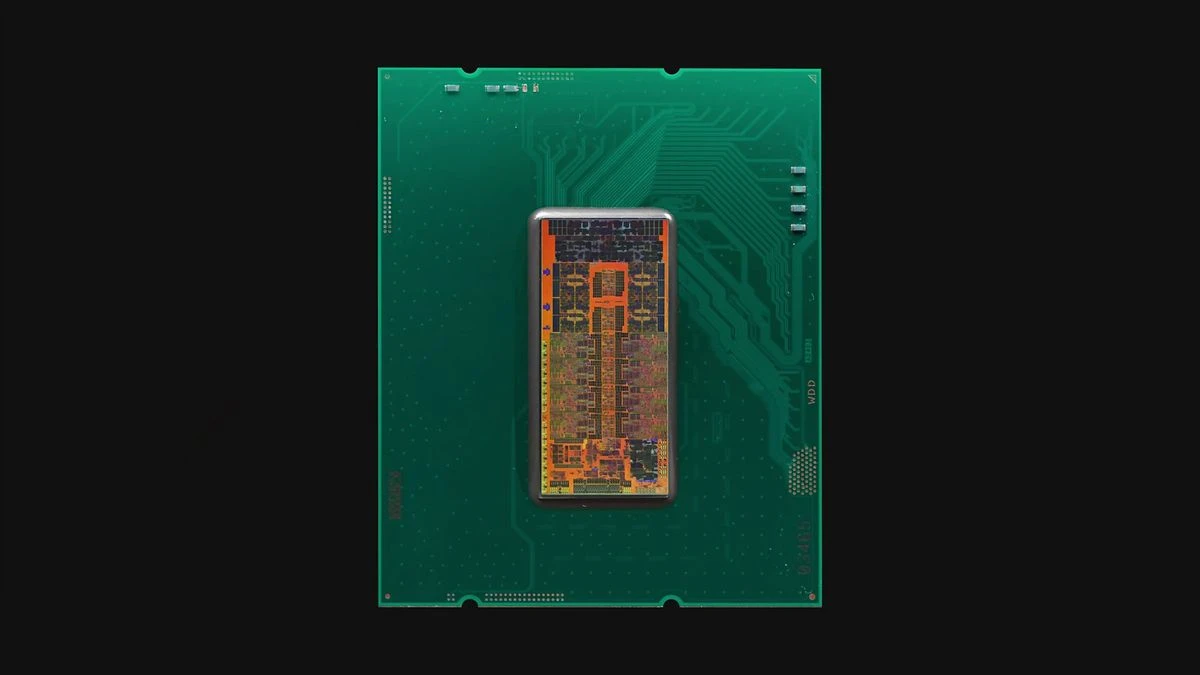Asus China's General Manager reveals the details of Intel's Arrow Lake processors in a new reveal
There's only a few days left until the retail launch of Intel Arrow Lake chips. While Team Blue has already provided us with the full lowdown, there's still nothing better than seeing the chips in all their glory. Enter Tony Yu, Asus China’s general manager and his Bilibili Channel, Ordinary Uncle Tony.
Uniko's Hardware on X showed me Tony Yu's Bilibili, and it's a real treat to processor enthusiasts. Fritzchen Fritz, who captures some of the most amazing images of chip dies, is a big fan of ours, but Yu's videos goes one step further and explains all the key components in each tile of the new Arrow Lake processors.
As you may already know, Arrow Lake is a follow-up to Meteor Lake, which used several slices (aka tile or chiplets) mounted on a separate chip.
Each Arrow Lake processor consists of a compute tile, which houses the P- and the E-cores and the L3 cache, a SoC (which houses the neural processor, the media engine, the DDR5 memory and controller, as well as the PCIe controller), a tiny GPU tile, an IO tile for all the data connections and a tiny IO tile. Two blank tiles are also included to fill in the spaces.
These tiles can be combined to create a single processor, which is a little bigger than a Raptor Lake Die. However, because they are manufactured on different TSMC nodes, certain costs may be reduced. The IO and SoC tile are made using the relatively cheap and old N6 node whereas the compute tiles use the latest N3B.
This particular tile is notable because it contains the new P and E-cores codenamed Lion Cove, and Skymont, respectively. Intel claims that these are significantly better than Raptor Lake and you can see the layout is also quite different. Arrow Lake has them dispersed, rather than two large blocks of cores. This helps to prevent hotspots.
The P-cores have 3 MB L2 cache, compared to the 2 MB they had previously. The E-cores do not get more L2 cache, but they are still much better than the old E's as we have already seen with Lunar Lake.
Images like these reminds me how complex modern processors can be. It's a minor wonder that you can drop one in a motherboard, plug in a few cables, load some software and it just works.
We don't need to wait too long to see how Arrow Lake performs in the real world. The reviews and retail availability will all be available on 24 October. So, it's only a few more days before you know if Arrow Lake really is worth upgrading to.
Just sit back and admire the beauty of Intel's creation. You can't deny the beauty of it, no matter how good or poor it turns out.




Comments